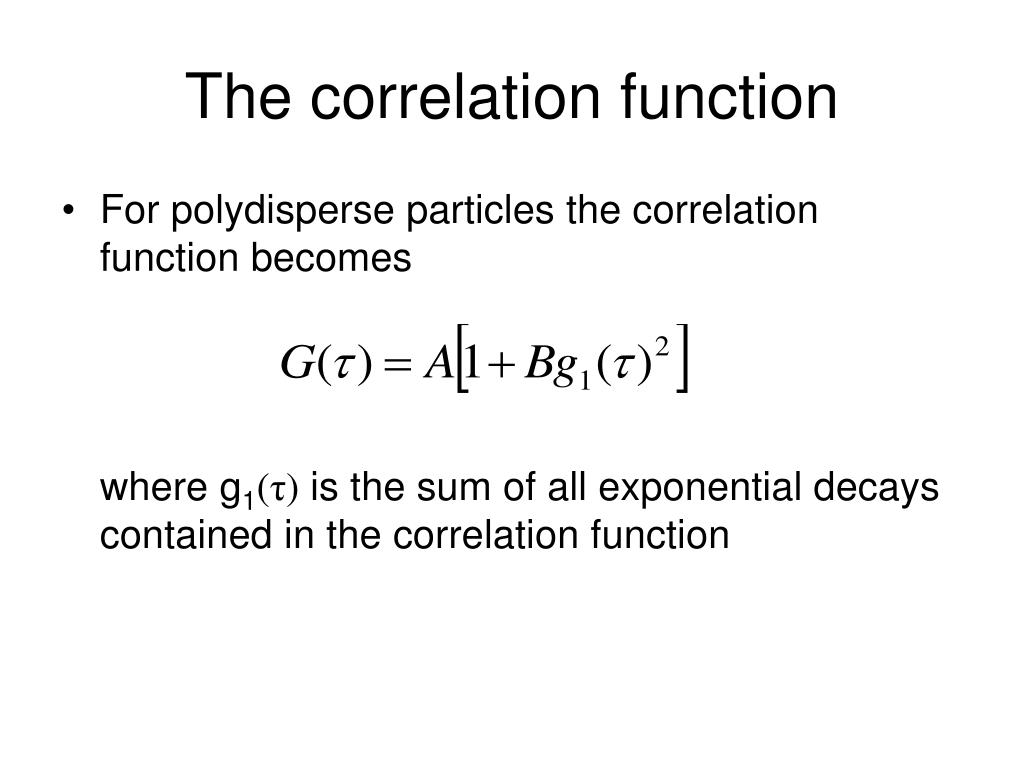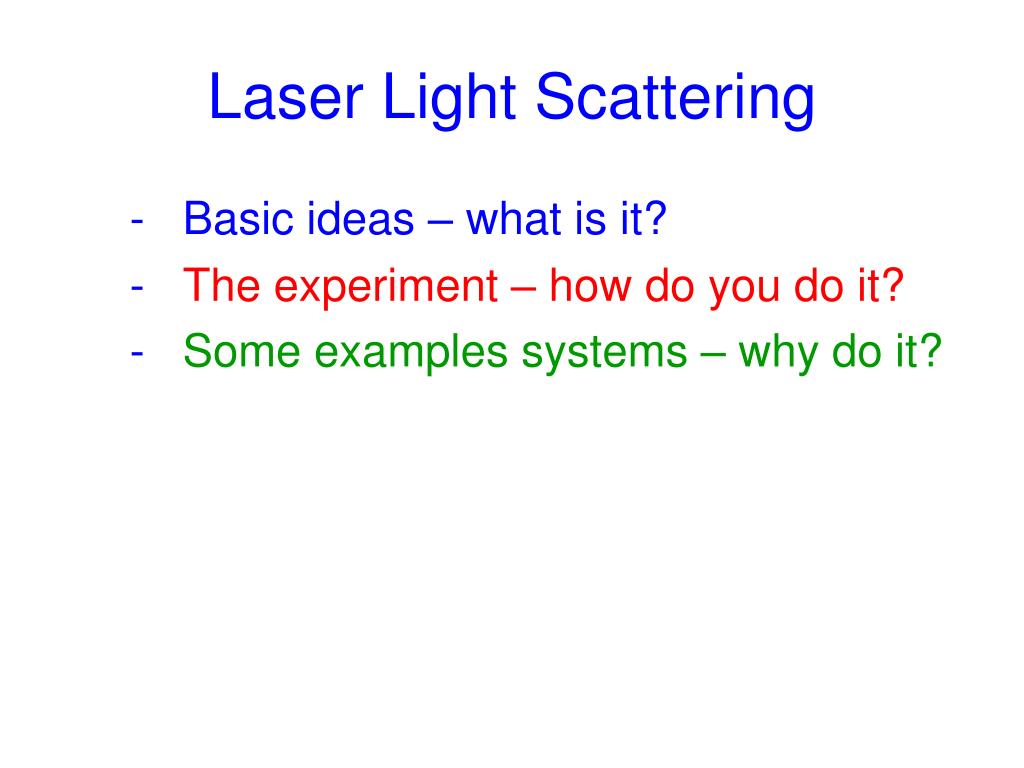

After the separation the eluting monodisperse sample fractions can be ideally sized online by light scattering. Field-Flow Fractionation and Size Exclusion Chromatography provide high resolution fractions of the polymers/particles under investigation. A solution to overcome this limitation is the combination of a separation technique, such as Field-Flow Fractionation (FFF) or Size Exclusion Chromatography (SEC), coupled with online light scattering detection (Flow Mode).

Batch Mode analysis is easy to perform but in case of crude complex sample mixtures with a broad and or multi-modal distribution this approach has significant limitations as it is difficult to calculate the correct molar mass and particle size distribution with light scattering only.

Light scattering can be done in Batch Mode and or in Flow Mode. A correlation function is established using this light scattering data and from that the Hydrodynamic Radius can be calculated from the Dynamic Light Scattering data. The fluctuation of the scattered light at a certain angle as the effect of the Brownian Motion of the molecules and particles is detected in Dynamic Light Scattering. Dynamic Light Scattering (DLS): This light scattering technique is also called Photon Correlation Spectroscopy (PCS) or Quasi Elastic Light Scattering (QELS).Using this light scattering technique, absolute measurements of molar mass and particles size can be performed without the use of standards. From the relation of molar mass and radius, the so-called conformation plot, additional information about the shape and structure can be extracted. In Static Light Scattering, the absolute intensity of the scattered light is detected at different scattering angles and the molar mass and radius is calculated from this information. Static Light Scattering is used for the determination of Molar Mass, Radius of Gyration and the Second Virial coefficient (A2). Static Light Scattering (SLS): This light scattering technique is also called Classical Light Scattering or Rayleigh Scattering.Beside Laser Diffraction, the most commonly used light scattering techniques are Static Light Scattering (SLS) and Dynamic Light Scattering (DLS): Once the light scattering technique is set-up properly, absolute measurements of molar mass and particles size can be performed without the use of standards. When compared to many other characterization methods, the light scattering techniques show a high precision, have a fast response time and are noninvasive. Depending on the analytes, different light scattering techniques can or have to be used. Light scattering has become one of the most important techniques for the characterization of macromolecules and nanoparticles in solution.


 0 kommentar(er)
0 kommentar(er)
